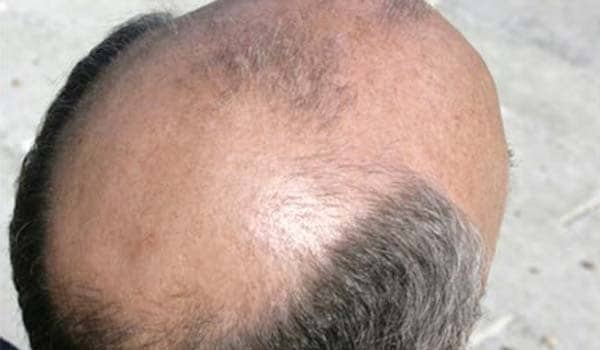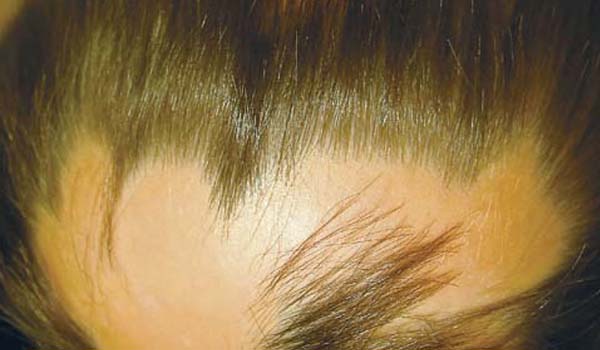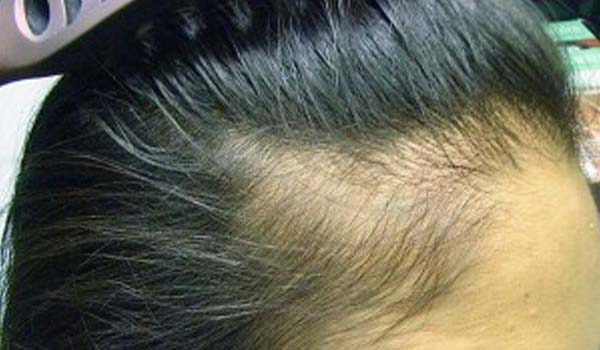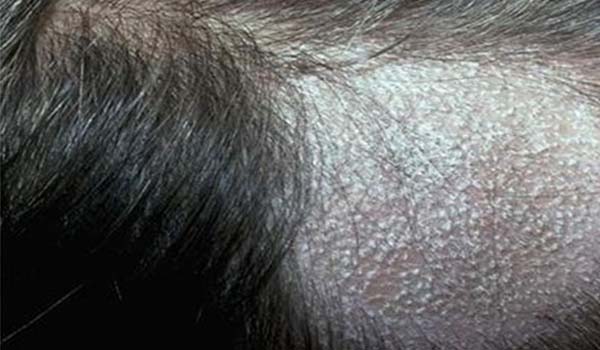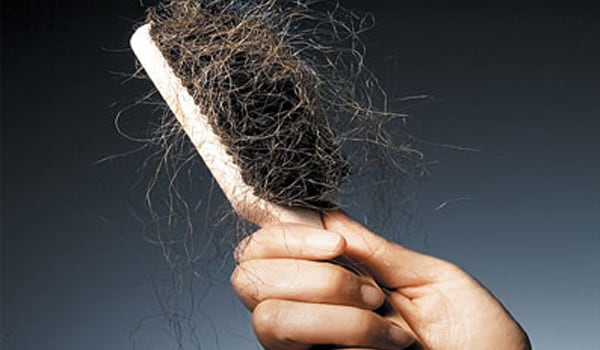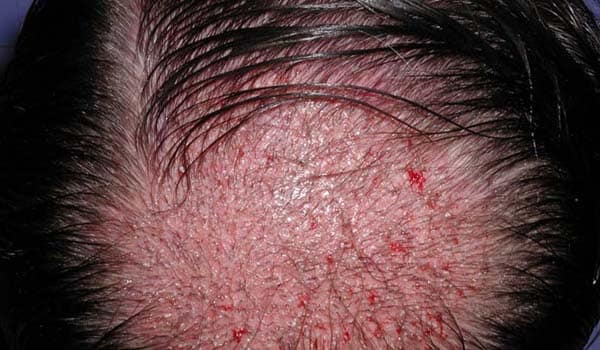Baldness: Causes and treatment
Baldness or alopecia results when hair loss occurs at an abnormally high rate, replacement occurs at an abnormally slow rate or when normal hairs are replaced by thinner, shorter ones.
-
Androgenic alopecia also known as male pattern baldness is the most common type of hair loss. It occurs more frequently in men than in women. It is a permanent type of hair loss and occurs in a characteristic pattern on the scalp. The hair loss begins at the temples and at the top of the head towards the back, causing a receding hairline and a bald spot. Balding may begin at any age after puberty and can range from partial loss to complete baldness. Hormonal imbalance, mainly testosterone, and genetic factors are responsible for this type of hair loss.
-
Causes: Following are the causes for baldness:
- Heredity and aging.
- Hormonal changes.
- A serious illness or fever.
- Medication such as cancer chemotherapy or too much Vitamin A.
- Emotional or physical stress.
- A self-induced reduction of hair by pulling it out (traction alopecia).
- Poor nutrition.
- Disease.
- Childbirth.
- Scalp Infection.
- Hair Treatments and use of chemicals.
-
Diagnosis: The doctor first asks if there is a family history of baldness. He may also examine a few hairs under a microscope or check the scalp for signs of skin damage. Other questions related to the person's diet, hair-care procedures, medications taken and recent illness, if any, may be asked. In some cases the doctor may order blood tests or a skin biopsy to help make a diagnosis.
-
Drugs: A drug called minoxidil, when applied to thinning areas of the scalp daily, is believed to be effective in preventing further hair loss and in growing new hair. The drug helps in dilating the blood vessels, thereby affecting the blood supply and the supply of hormones to those areas of the scalp that are losing hair. Injections of cortisone into the scalp can treat alopecia areata. Treatment is usually repeated monthly.
-
Synthetic hair: A hairpiece can be custom made to cover a balding area. It is important not to neglect the scalp under the hairpiece, which should continue to be washed regularly. Another option is a weave, in which synthetic hair is sewn into existing hair.


